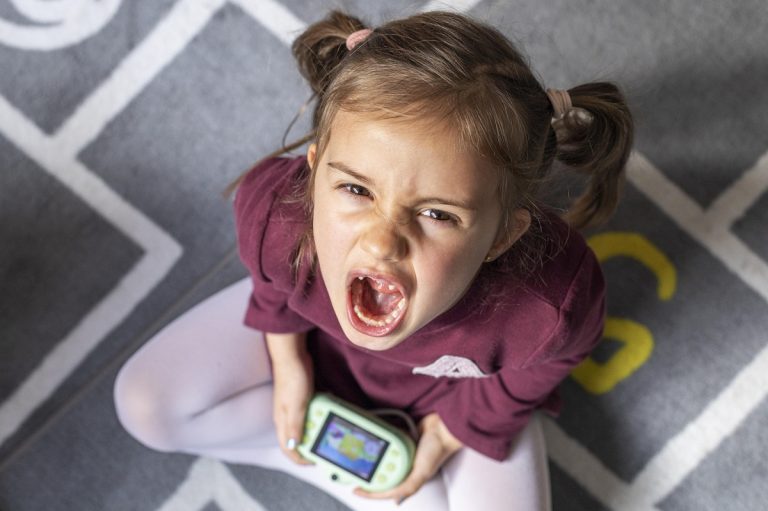One can never underestimate the benefits of reading, especially among children. A 2017 study by the University of Washington revealed that young people who read and write more are more likely to become good employees. These activities help them develop leadership or executive function skills.
Reading is a complex activity, however, and it’s not a sole responsibility of one. In fact, it takes a village. At home, the duty lies on the parents. At school, it becomes the job of a teacher. For teachers handling little ones, there are many ways to encourage them to love and appreciate reading. These ideas can be a good start:
1. Let Them Share Stories
Children as young as preschoolers can create not only imaginary worlds but also immerse themselves into the characters. This is the finding of the 2007 research by the University of Waterloo. Teachers can, therefore, begin a storytelling activity, where they set up the narrative, and the kids can fill in the gaps. Even better, teachers can publish a children’s book for free with these tales.
Children at these ages might struggle with writing, but facilitators and even parents can step in as they can provide the narrative. The little ones can make the illustrations. Then, once the books are out, they can share their stories with their friends and family, as well as other kids, boosting their social skills in the process.
2. Play Some Music
A 2009 research by Camilo Ortiz and Joseph Piro from Long Island University showed a strong connection between reading skills and music education—that is, those who developed proficiency in the latter tends to excel in the former as well. One of the possible explanations is the way people process both language and music: they tend to be similar.
During reading class, it may benefit children if they listen to music or perhaps expose them to instruments such as the keyboards. Teachers can also encourage the kids to participate in a music-related program, whether at school or in the community.
3. Understand the Reading Levels of the Children
 Many children struggle with reading for a variety of reasons. For example, about 80% of the population with poor reading skills may have dyslexia. It is a learning disability characterized by the difficulty of interpreting graphic symbols including letters.
Many children struggle with reading for a variety of reasons. For example, about 80% of the population with poor reading skills may have dyslexia. It is a learning disability characterized by the difficulty of interpreting graphic symbols including letters.
Vision problems can also have an impact. A 2018 study by the University of Waterloo revealed children whose reading abilities are below their grade levels might have binocular vision issues. This is even if their standard eye tests said they have 20/20 vision.
Since teachers spend a lot of time with the kids, they are the ones capable of spotting these types of problems, so early intervention becomes possible.
4. Intend to Read
Give the children time to practice independent reading. It can be as short as 15 minutes a day. While they’re doing it, you can also read the same material with them. This way, you can talk about what you learn later. You can use this opportunity to assess their vocabulary, comprehension, and speaking skills.
As teachers, you’re one of the best support systems for kids, especially when it comes to learning how to read. You can help them develop the skills that can boost not only their creativity but also their chances of building a good life for themselves and their future family.











